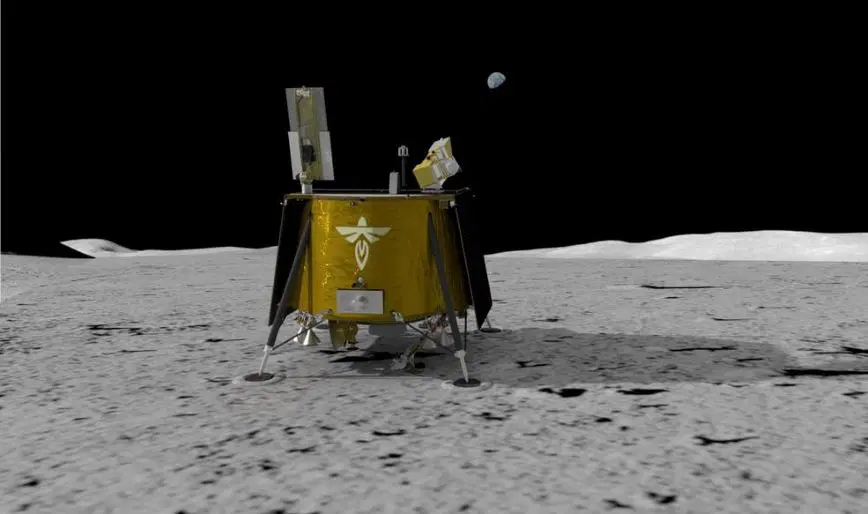GPS may rely on satellites for its functionality on Earth, but its use in Space is more difficult.
NASA is testing a new lunar navigation system, which will link to Earth’s Global Navigation Satellite System(GNSS) from the moon. This report comes from the agency.
This unprecedented mission will set a new record for the longest distance connection to GPS, at approximately 238,000 miles from Earth. NASA states that it will be delivered to Mars by Firefly Aerospace’s Blue Ghost Lander in 2024 for testing.
GNSS is a collection of satellite constellations that transmit positioning, timing, and navigation signals to Earth. GPS is the most popular of these and is operated by U.S. Space Force.
NASA’s Lunar GNSS Receiver Experiment will now calculate the first location fixes for the moon in history. It was developed in collaboration with the Italian Space Agency.
Fabio Davis (LuGRE co-principal investigator, Italian Space Agency) said that LuGRE was the latest in a long list of missions to increase high-altitude GNSS capability. “We have created a cutting-edge experiment which will serve as the foundation of operational GNSS system at the Moon.
LuGRE will be able to connect to both GPS, Europe’s GNSS constellation, and Galileo during its journey to the moon. Before reaching the lunar surface, the receiver will conduct navigation experiments.
Sending a GPS receiver on the moon
Blue Ghost will land on the moon and the LuGRE receiver will deploy its antenna to collect data for approximately 12 days. The data will be sent back home to Earth to be used in the development of lunar GNSS systems, such as NASA’s Artemis III moon landing.
“In this instance, we are pushing what GNSS was meant to do — expanding the reach systems built to provide services for terrestrial, aviation and maritime users to include the fast-growing space sector,” J.J. Miller (deputy director of policy and strategic communication for NASA’s Space Communications and Navigation program) explained. This will greatly improve the accuracy and resilience of the Apollo missions’ data, as well as allow for flexible equipment and operational scenarios.
The LuGRE mission forms part of a larger effort to improve the effectiveness of GNSS and allow its use at greater altitudes. NASA’s Magnetospheric Multiscale Mission used GPS to locate its location at an unprecedented altitude of 43 500 miles (70,000 km) above Earth in 2016. MMS, however, broke its own record in 2019 by locating itself with GPS at an elevation of 116,300 feet, nearly half the distance to reach the moon. NASA’s LuGRE will double the distance it covers when its new system is deployed from the lunar surface.

